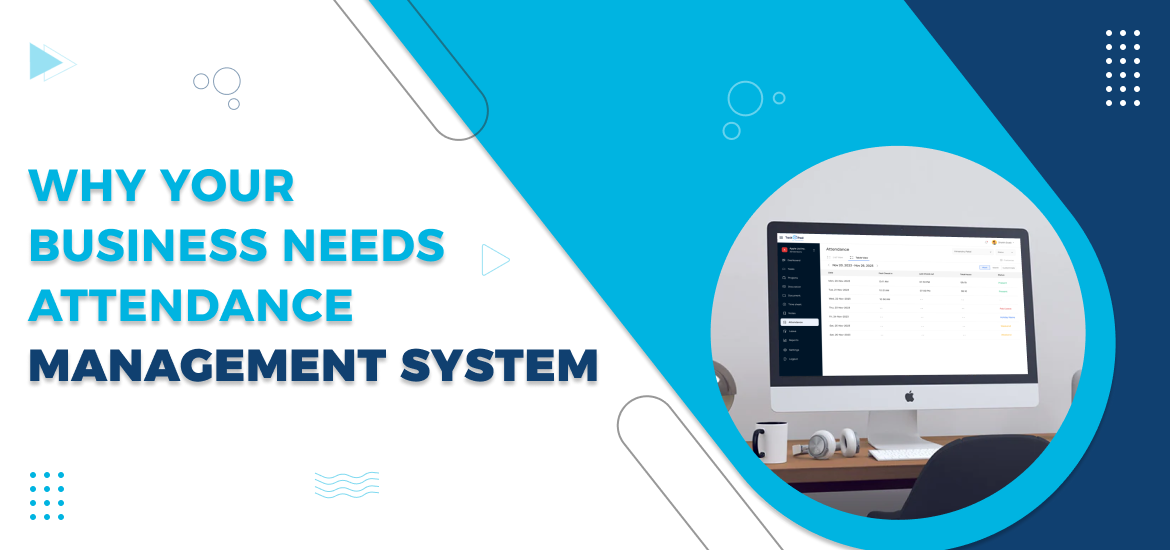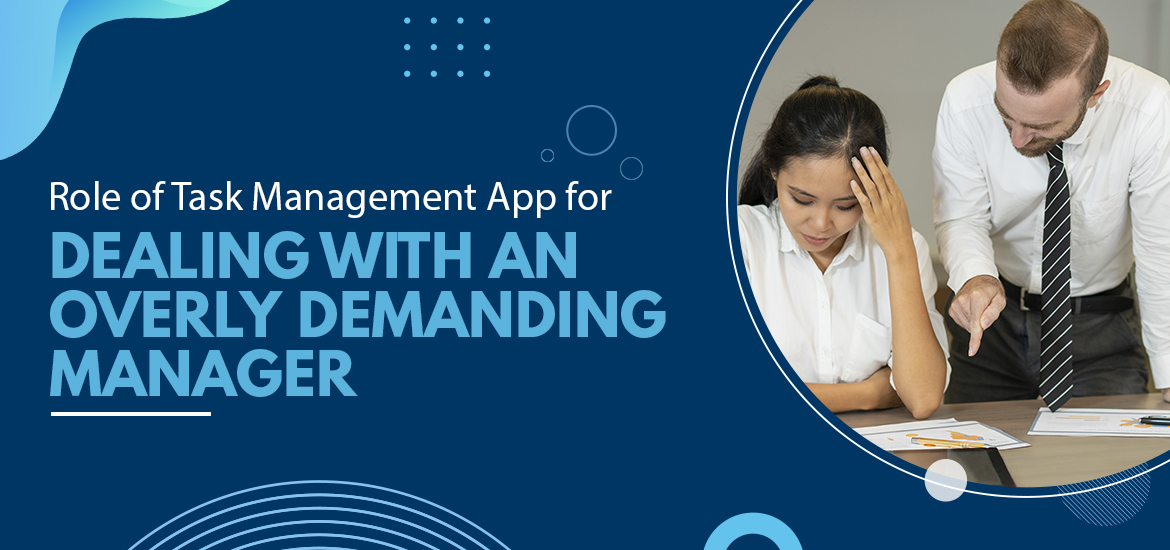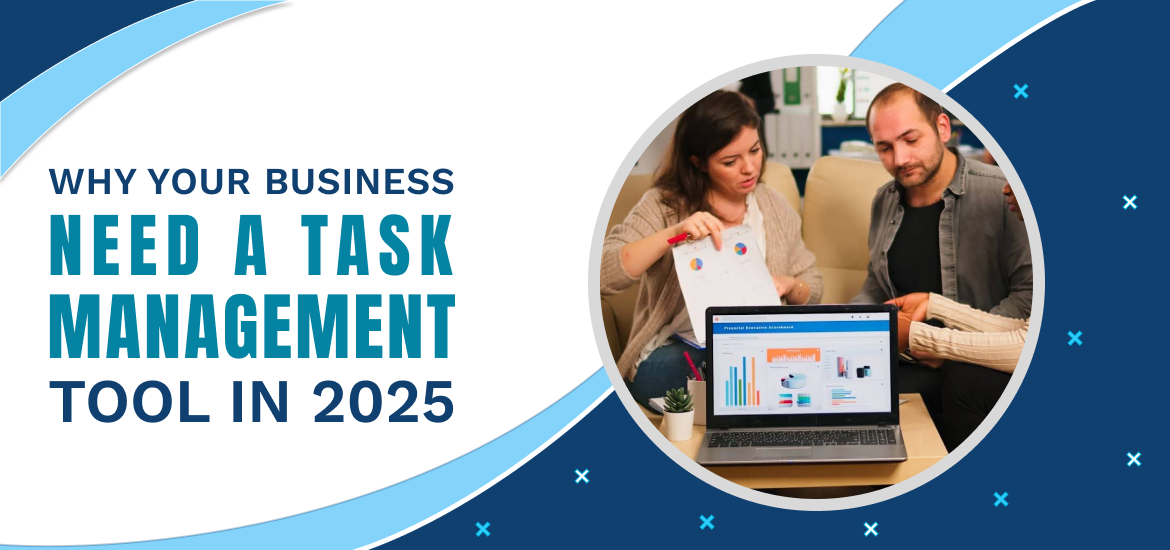
Collaboration in Workplace
Effective Communication at Workplace: Why It Matters & How to Improve
Apr 22nd, 2025
According to reports, poor communication costs businesses billions annually. The figure for U.S. companies alone is a staggering $1.2 trillion! This implies that a significant percentage of project failures aren’t due to lack of skill, but a simple breakdown in how teams communicate. Communication is important at the workplace, that is known to all. But these numbers show the true power of workplace communication.
It’s not just about being polite; it’s about driving productivity, boosting morale, ensuring projects succeed, and ultimately, safeguarding the company’s bottom line. Let’s dig down everything about effective communication at the workplace, why it matters and how to improve it to get the best out of it.
Difference between communication and effective communication at workplace
Consider a scenario where a new employee, just starting their journey at a company, receives an email from their manager the very next day stating simply, “You need to work on the report.” This is an example of basic communication, merely transmitting a task without any context or necessary details. The employee is left wondering: which report? What is the deadline? Where is the required information located? Is there a specific format to follow?
This ambiguity contrasts sharply with effective communication, here in an alternative email the employee could have received. This email might say, “Welcome to the team! For this week, I need you to work on the sales report for the last quarter. The deadline is next Friday at 5 PM. You can find the data in the shared drive under the ‘Sales’ folder. This report should include a summary of our top-selling products and a comparison to the previous quarter. Let me know if you have any questions at all.”
This second email shows effective communication by providing all the essential information, anticipating the employee’s needs, and fostering a clear understanding of the task. This eventually sets the new team member up for success rather than confusion.
Here’s the key difference between communication and effective communication.
| Communication | Effective Communication | |
| Primary Goal | Transmitting information | Ensuring understanding and achieving desired outcomes |
| Focus | Sending the message | Sending, receiving, understanding, and acting on the message |
| Outcome | Message may or may not be understood | Message is clearly understood and acted upon as intended |
| Clarity | May lack clarity or be ambiguous | Clear, concise, and unambiguous |
| Feedback | May not actively seek or consider feedback | Actively seeks and uses feedback to ensure understanding |
| Impact | Potential for misinterpretations and errors | Minimizes misunderstandings, improves efficiency and teamwork |
| Skills | Basic speaking and writing skills | Active listening, empathy, clarity, conciseness, non-verbal cues, feedback skills |
Why is effective communication necessary at workplace?
Effective Workplace Communication is no more a nice-to-have-skill in this era. It is a fundamental necessity that impacts almost every aspect of the business.
- It helps you say NO to the misunderstandings and errors – When communication is clear, it ensures that instructions, expectations, and information are accurately conveyed and understood. It eliminates the mistakes, wasted time, and resources caused by ambiguity.
- Makes you a more collaborative and team person – Open and honest communication builds trust among team members. It encourages the sharing of ideas, and facilitates better coordination, leading to stronger collaboration and a more cohesive team.
- Enhances employee morale and engagement – Employees who feel informed, heard, and understood are more likely to be engaged, motivated, and satisfied with their jobs. Knowing their input is valued boosts confidence and loyalty.
- Boost up creativity and innovation – When employees feel safe to share ideas, provide feedback, and ask questions without fear of judgment, it creates an environment where new ideas can flourish and problems can be solved more effectively.
- Improves customer satisfaction – Internal communication directly impacts how employees interact with customers. Well-informed, aligned, and motivated employees are better equipped to provide excellent customer service.
Improve workplace communication with these effective tips
Set communication goals
Goals are important to achieve great things in any field, and workplace communication is no exception. When you set up clear communication goals, you know what to achieve and you will find a way to achieve them. You should focus on setting up SMART communication goals for your team. Communication goals guide you with clear direction in improving workplace communication.
Also Read – 20 SMART Communication Goals Examples For Work
Prioritize listening over anything
Workplace communication is all about getting your things done in your job or stepping up in your journey towards achieving your goals. When your communication is more focused on yourself, you tend to miss the other person’s perspective. When you want to get things done from others, understanding their perspective is more important than conveying your views. So, it is important to listen first and then convey. Pay full attention when someone is speaking, make eye contact, nod, and ask clarifying questions. Avoid interrupting and try to understand their perspective fully before formulating your response. In short, don’t just hear, listen.
Be mindful of non-verbal cues
Communication is not always about exchanging words. Non-verbal communication plays an important role. If you master non-verbal communication, you can easily go a step ahead in the communication game. Always pay attention to body language, tone of voice, and facial expressions. This is not limited to the other person’s cues; your own expressions, tone, and body language are equally important. These cues often convey as much, if not more, than the spoken words.
Keep your communication clear and concise
Humans love clarity. That’s why your communication should be clear and concise. Always get straight to the point. Use simple language, avoid jargon where possible, and structure your message logically. Whether it’s an email, a message, or a verbal instruction, clarity saves time and prevents misunderstandings.
Be tech savvy and know your communication tool
Technology is an unavoidable factor in today’s competitive business age. There are plethora of tools available that help you communicate better. You should understand what communication channel will benefit you most in the specific situation. Based on the urgency, complexity, and sensitivity of your message you can answer these questions. Is an email sufficient? Is a quick chat better? Does it require a formal meeting or a video call? Using the appropriate channel ensures your message is received effectively. For task specific communication, a robust task management software will work wonders!
Team building activities
When you know the person with whom you are communicating, it becomes easy for you to communicate. The major communication at the workplace occurs between colleagues. If colleagues know each other in a better way, major communication among them can be filled. Team building activities play a crucial role in this. Management should focus on team building activities to improve communication at the workplace.
Feedbacks are important
Feedbacks are important! Be it regarding your work or communication. Always ask for communication, if not provided directly. Feedbacks work as a key to improving your habits. When you receive feedback for your communication style, you can figure out the improvements required to improve it further. Company management should focus on better feedback exchange practice. There should be a 1:1 feedback session between managers and team members, where they can exchange 180-degree feedback. It helps them create clear communication strategies to achieve higher productivity.
Keep important information documented at centralized platform
For important decisions, processes, or project details, ensure there is written documentation available. This provides a reliable reference point and reduces reliance on memory or word-of-mouth. Encourage using Task Management Tool to keep all the project related information at centralized platform. This makes communication smooth with all necessary information accessible from a single platform.
Also Read – How To Overcome Communication Gap in the Workplace
Let’s make your workplace communication more effective
Effective communication at the workplace is the oil that keeps the organizational machine running smoothly, fostering understanding, building relationships, and empowering teams to perform at their best.
Sometimes, the complexity of modern work requires more than just best practices; it requires robust systems. This is where a tool like TaskOPad can be a game-changer, providing a structured platform to manage tasks, track progress transparently, and ensure communication related to specific projects is clear and accessible to the relevant team members. Book your free demo now and see how you can empower your team to connect and collaborate more effectively than ever before.
Search by posts
Search by posts
Recent posts
4-24-2025
Attendance Management Software
Why Your Business Needs Attendance Management System – 8 Proven Reasons
4-22-2025
Collaboration in Workplace
Effective Communication at Workplace: Why It Matters & How to Improve
4-10-2025
Project Management Software For Small Business













